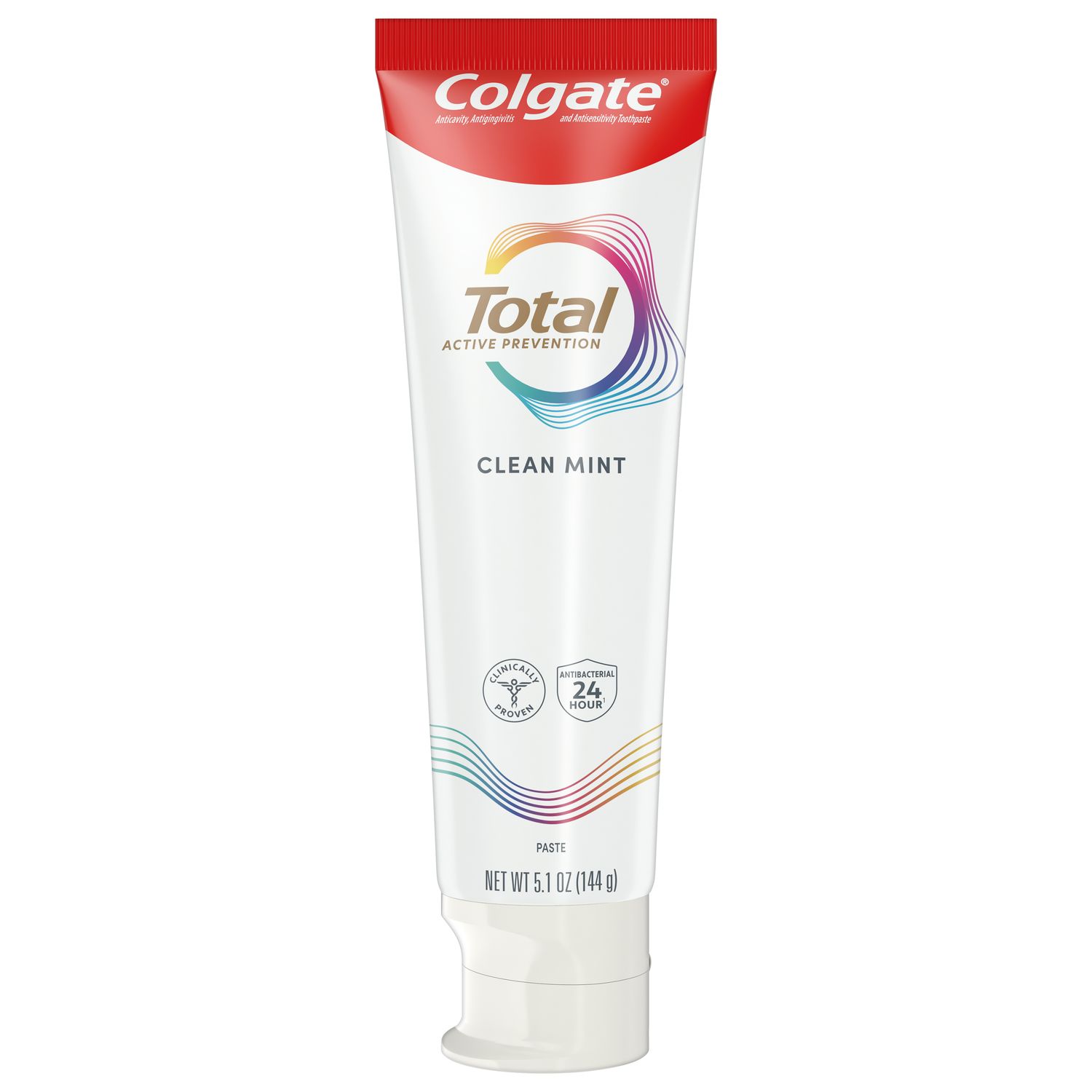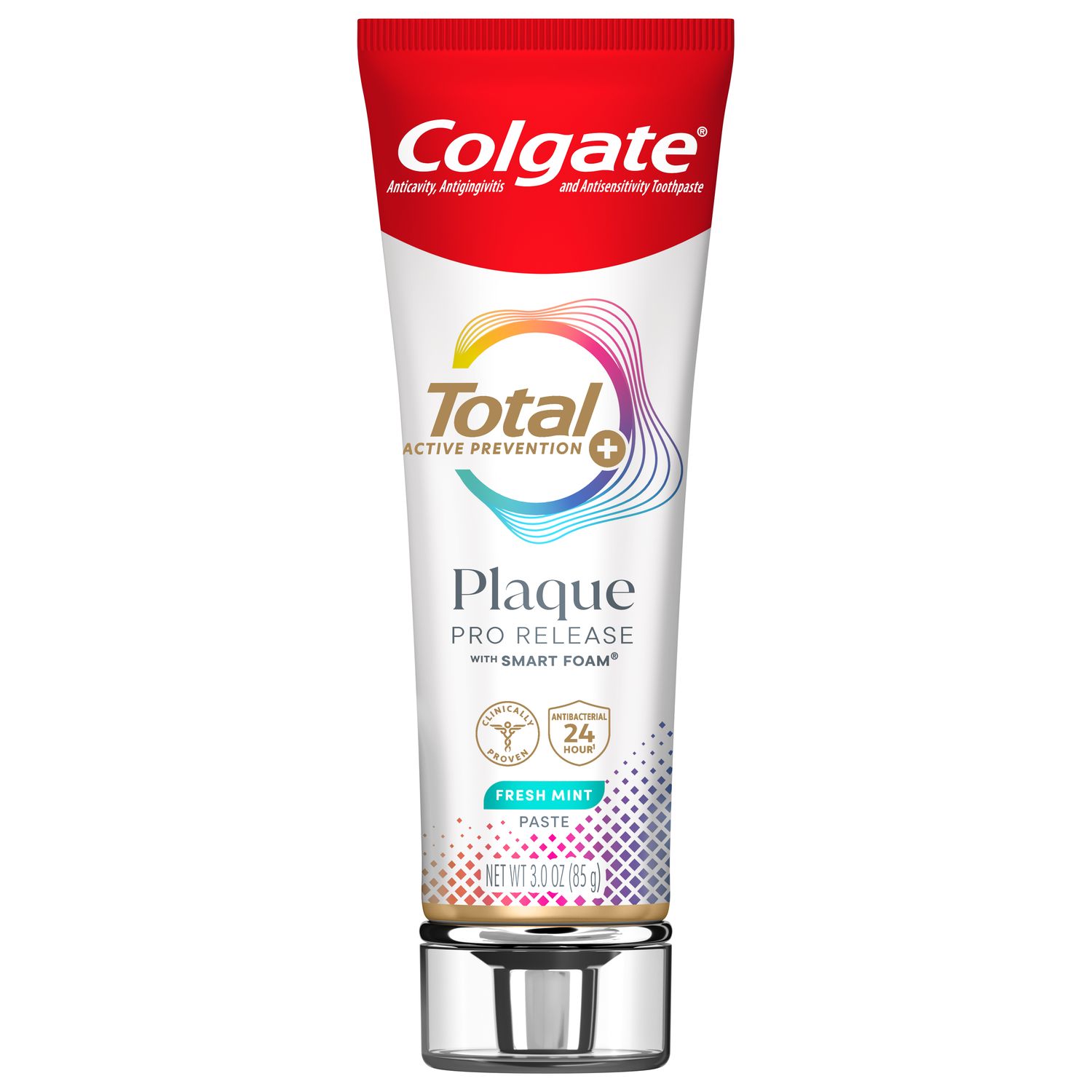
How effective are your patients' everyday tooth brushing routines? Their technique, the brush they use, the toothpaste they choose, the time of day they brush, and their tooth brushing frequency all contribute to effective oral care. Use these five key teaching tips to help your patients protect their Whole Mouth Health at home.
Choose the Right Toothbrush
Some patients may have a preference for a specific kind of toothbrush without knowing that their old favorite is harming their gums or failing to reach between their teeth. Generally, recommend a soft-bristled brush with not too large ahead. It can be electric or manual depending on what your patient prefers and their ability to brush their teeth. You should also remind your patients that the best toothbrush (or brush head) is one that is replaced every three months before it becomes frayed or worn.
Use a Dentist-Recommended Toothpaste
Brushing with a toothpaste that is formulated to prevent dental caries is key to a healthy mouth. At appointments, send your patients home with a list of your toothpaste recommendations. Recommending specific products will help them when they're shopping and ensure that they're selecting a dentist-approved toothpaste that fits their needs. For example, for individuals at higher risk of decay, you can prescribe a toothpaste with a higher concentration of fluoride. You can also recommend a toothpaste that helps with a patient's other oral health goals, like whitening or managing dry mouth. In all cases, only recommend toothpastes that are anti-cavity.
Brush at Least Twice a Day
Advise your patients to brush their teeth at least twice a day. Regular brushing disrupts the bacterial biofilm on the surfaces of the teeth and prevents plaque buildup from causing decay or gum disease. You can remind your patients to pair their brushing routine with using a mouthwash, and to floss once a day.
Brush at the Right Times
"Twice a day" does not mean that any time is a good time to brush. The FDI World Dental Federation notes that one brushing session, for patients of all ages, should be at the end of the day immediately before bed. Explain that plaque and food debris accumulate on teeth throughout the day. Saliva helps to neutralize and wash away some of this sticky layer, but salivary flow decreases during sleep, leaving harmful plaque buildup in place for many hours at a time.
Additionally, discourage patients from brushing immediately after eating acidic foods or drinks. Scrubbing over the acid from citrus fruits, soft drinks or coffee can cause enamel damage.
Use a Proper Brushing Technique
Many patients might not even know they are not brushing effectively. Demonstrate on a model or in their mouths to help them improve their technique. Show them how to brush along the gumline, angling the toothbrush bristles toward the gums with either short back-and-forth motions or small circular motions.
Your patients may think they've known how to brush their whole lives, but even your healthiest patient could use a refresher course. Taking time to impart small lessons on tooth brushing frequency and technique can have a substantial impact on your patients' oral health.
Join us
Get resources, products and helpful information to give your patients a healthier future.
Join us
Get resources, products and helpful information to give your patients a healthier future.













